When I visit a gallery I don't tend to read the artist's statement until after I have looked at their work. I like to savour my own responses to a piece first. But I do read the title because it provides a starting place for my response. So naming my own work is important to me and the subject of many hours contemplation. And the subject of regular discussion amongst fellow artists and on social media.

Naming a series is an even bigger decision because you have to live with it longer. I am not a sketchbook person. All my ideas have a long gestation period in my head before I let them loose on dye and cloth. The titles of my first two series, Hidden Messages and Ruins, became fixed right at the beginning of that process. In Hidden Messages I wanted to develop a series of works around censorship in modern day China. In Ruins I wanted to develop a series of works around abandoned and ruined buildings. The titles were obvious to me and still feel just right. And in both cases I was happy to number the works rather than give each piece it's own subtitle.

I gave my third series a working title of Storm / Still as that seemed appropriate to the emotional rollercoaster I was on at the time. Although I numbered the early works they were either 'Storm' or they were 'Still' and each piece required it's own subtitle. The series name became fixed when I added a page to my website. Strangely I named the colour family that I developed for this series 'Dunure' (after my favourite place in the whole world after my studio). And even named a few small pieces Dunure. But I never thought to call the whole series Dunure and with hindsight I wish I had. Storm / Still feels clumsy to me now and may be one of the reasons that I don't think I will produce more in this series.
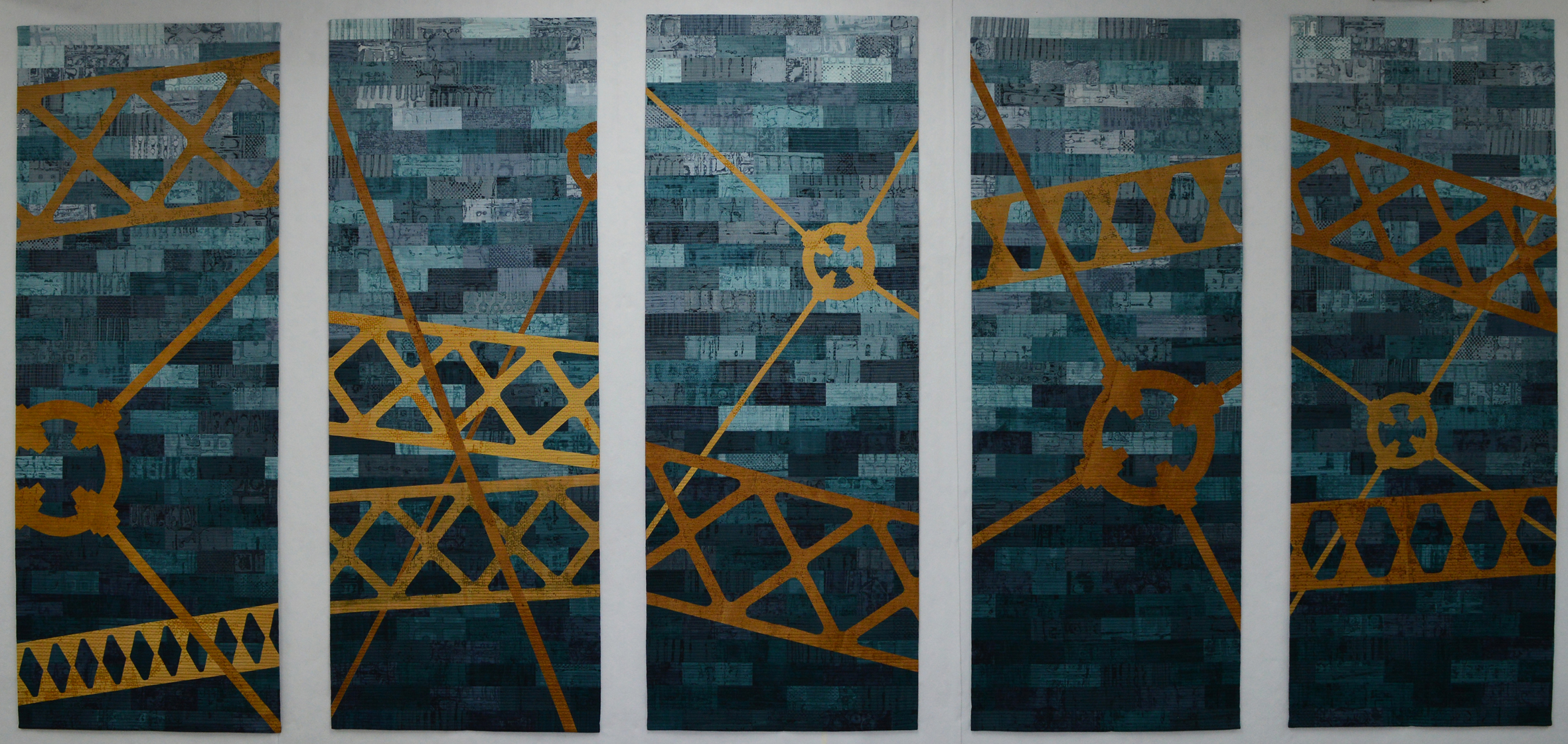
So to today. For my exhibitions next year I am working on three series each focussed on industrial and urban landscapes. One part will be more pieces in my Ruins series. Another part will be on buildings and structures still in use today that shape our landscape but are invisible to most. This series has had the working title View. The inidividual pieces will all need their own subtitles as there are site specific. So far I have made one large piece (above) and am in the process of making a series of small works called Canal Street 1, 2, 3 etc. The working title of View is no longer working for me. Instead I am officially naming the series Structures. Yes it has been used by many, many artists but it is the perfect title for what has inspired my work.

The other series is inspired by industries and iconic structures that no longer exist. I already know the subtitle of the large scale piece that is gestating in my head but I'm stuck on titles for the series of small works I am currently making based in the Bold Colliery near St Helens. And I am definitely stuck on a title for the series. I have had a working series title of Gone but that doesn't even work as a working title. I have been puzzling over this all week. I almost settled on Relics. But then I had a 'duh' moment.
The title of the exhibition in St Helens is TRACES. My inspiration is those structures that have left TRACES in our memory. No brainer! This new series is now officially called Traces.
The title of the exhibition in Stockport is FRAGMENTS. The small works are just that - they are small FRAGMENTS of a much bigger series. The series of small works is now officially called Fragments.
And now I need a long lie down in a dark room ....



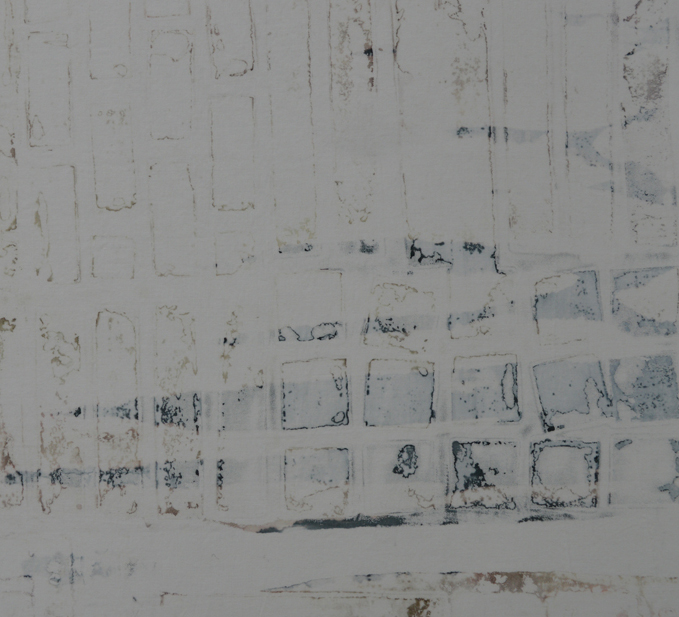
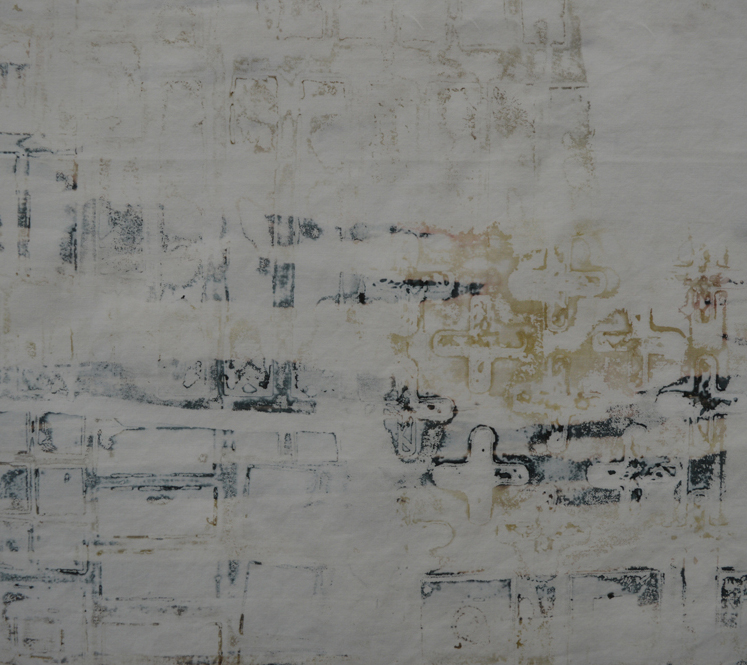

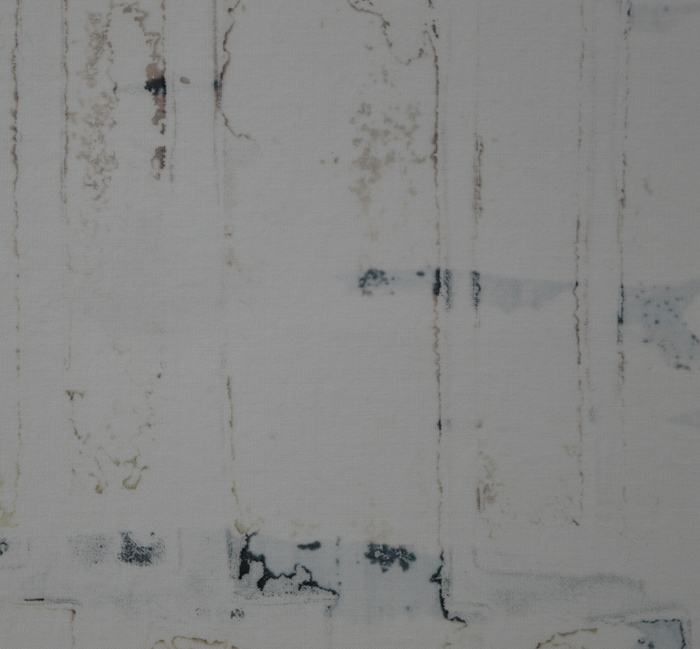



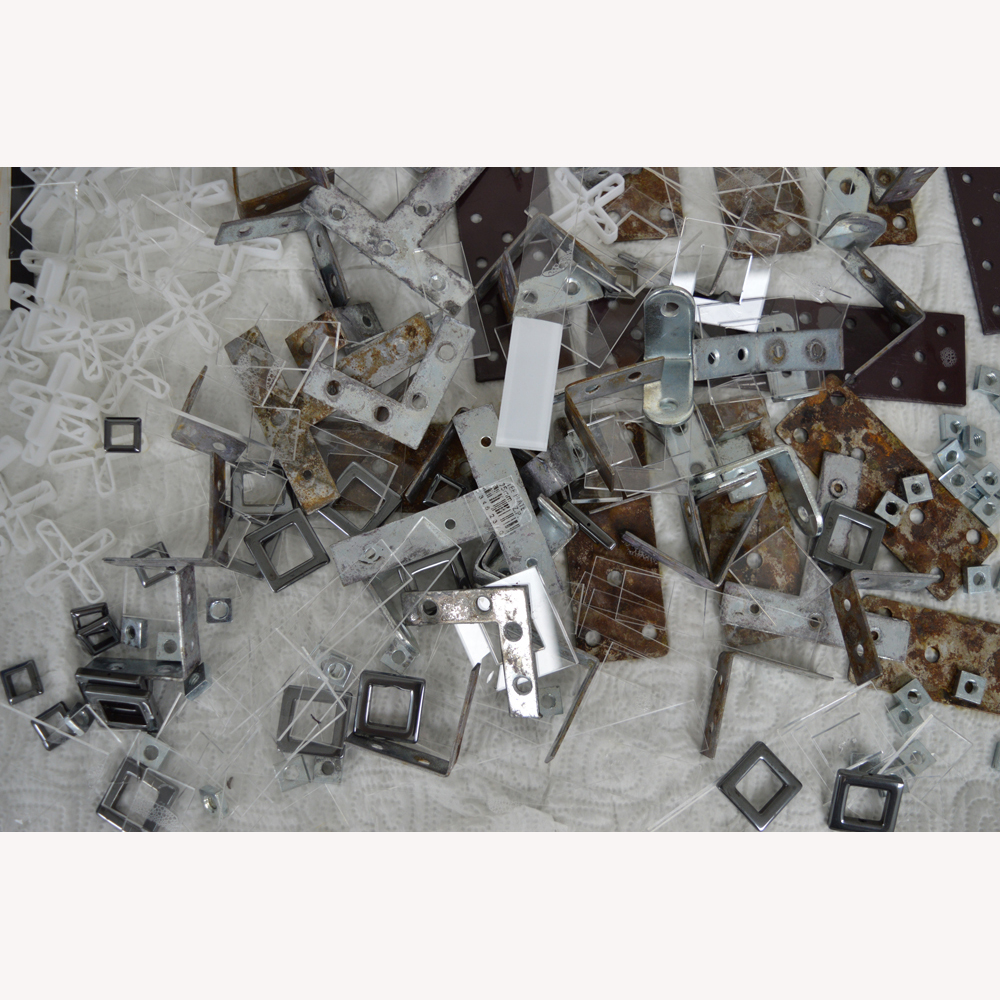
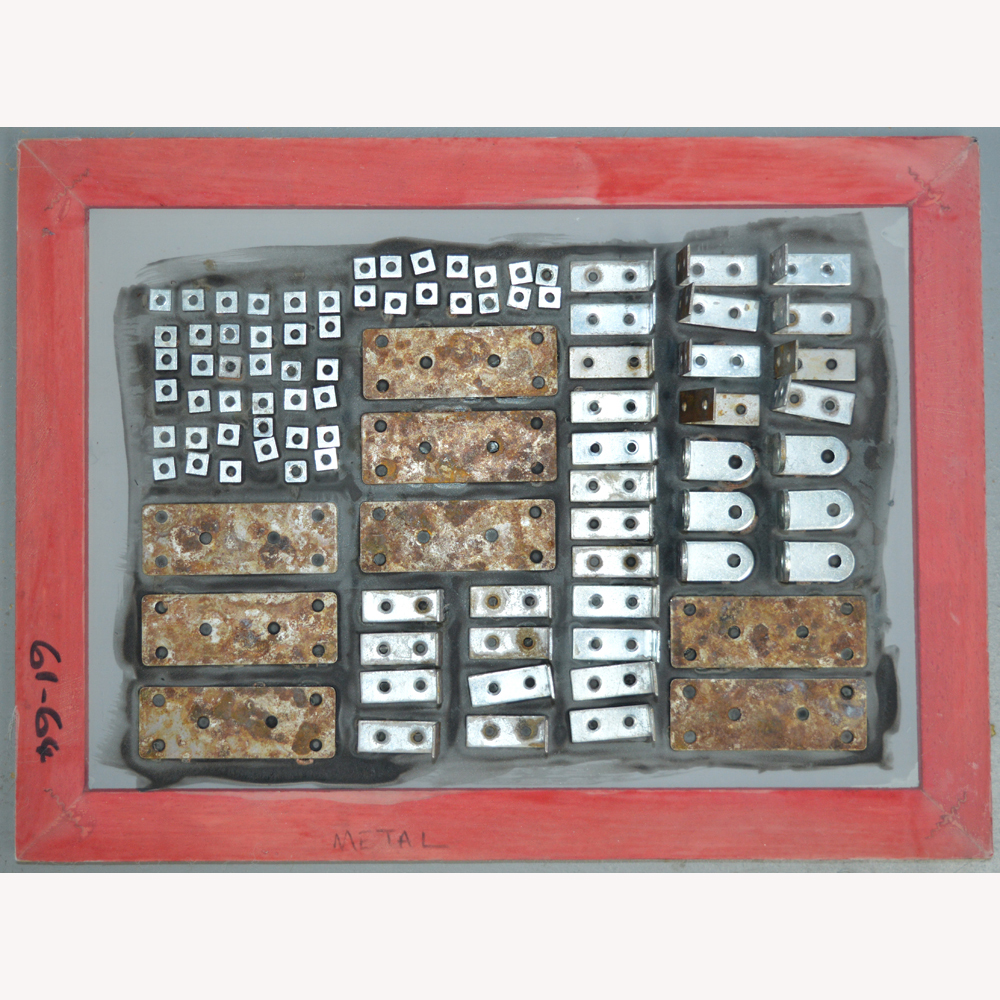
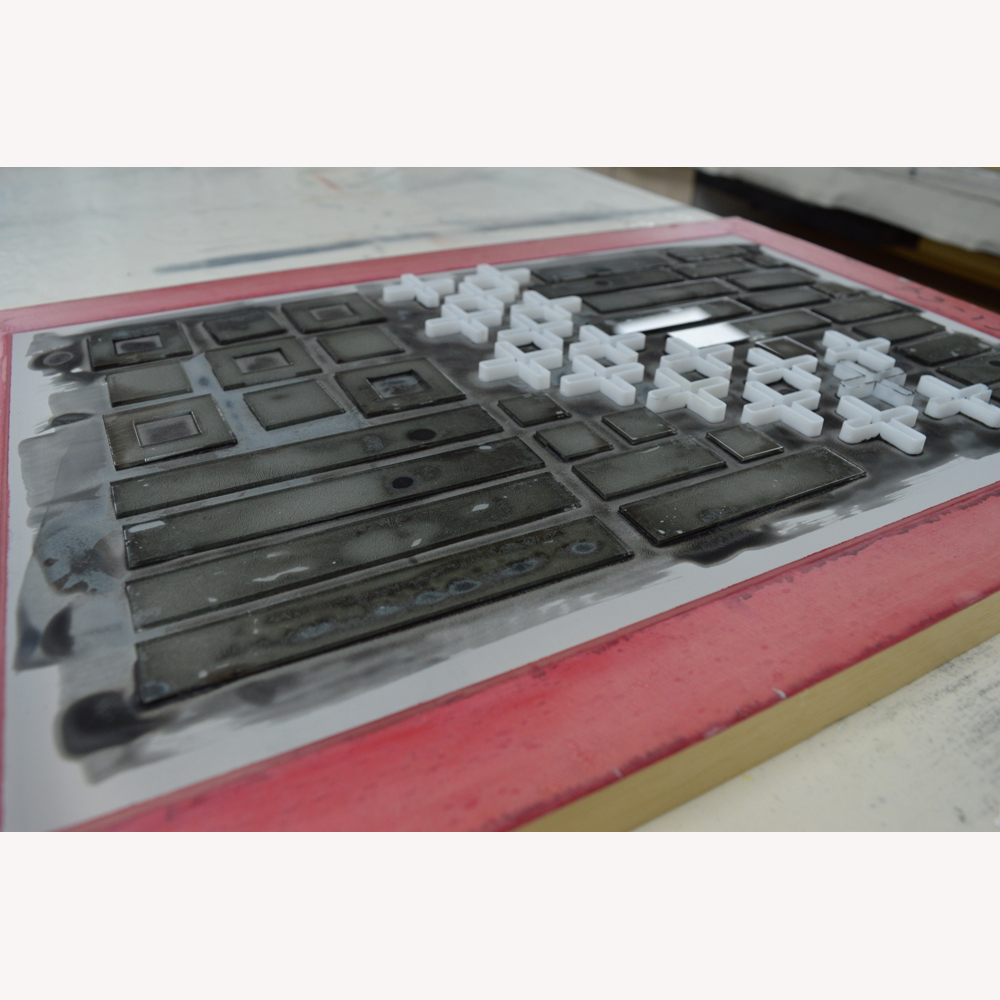
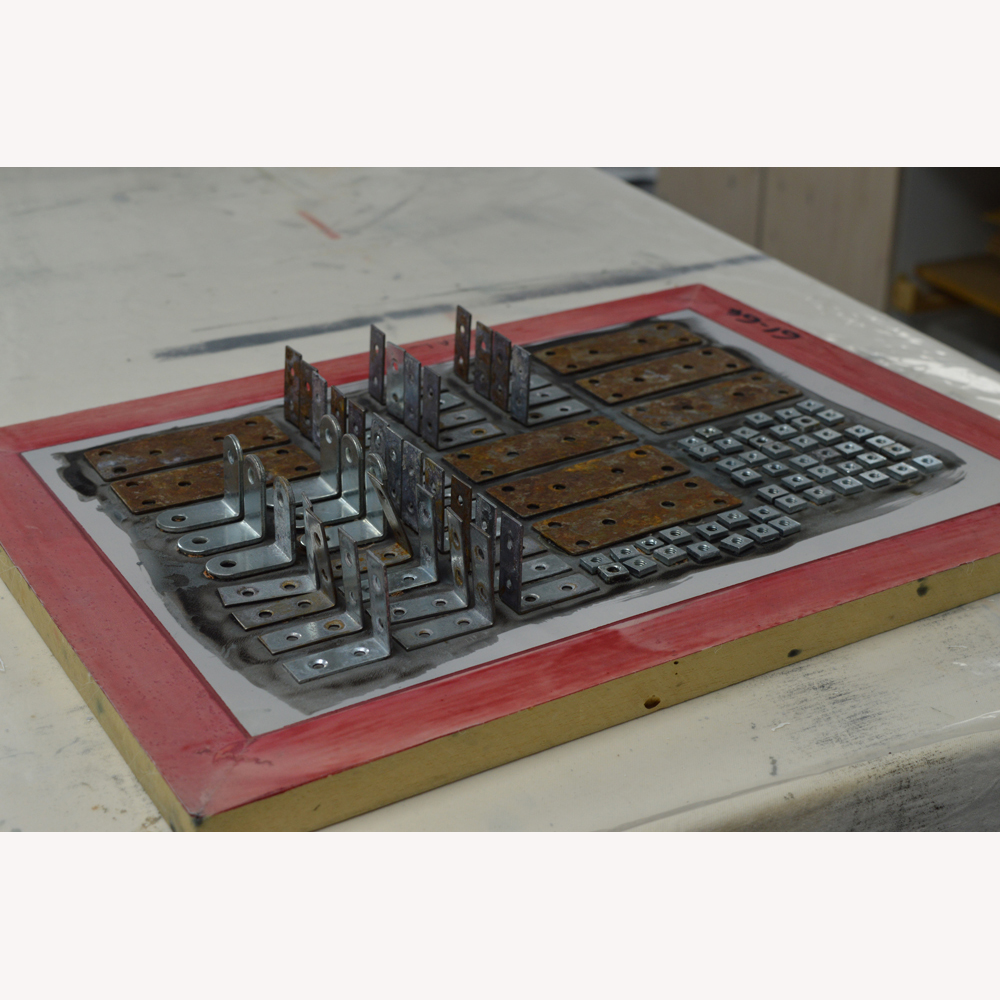




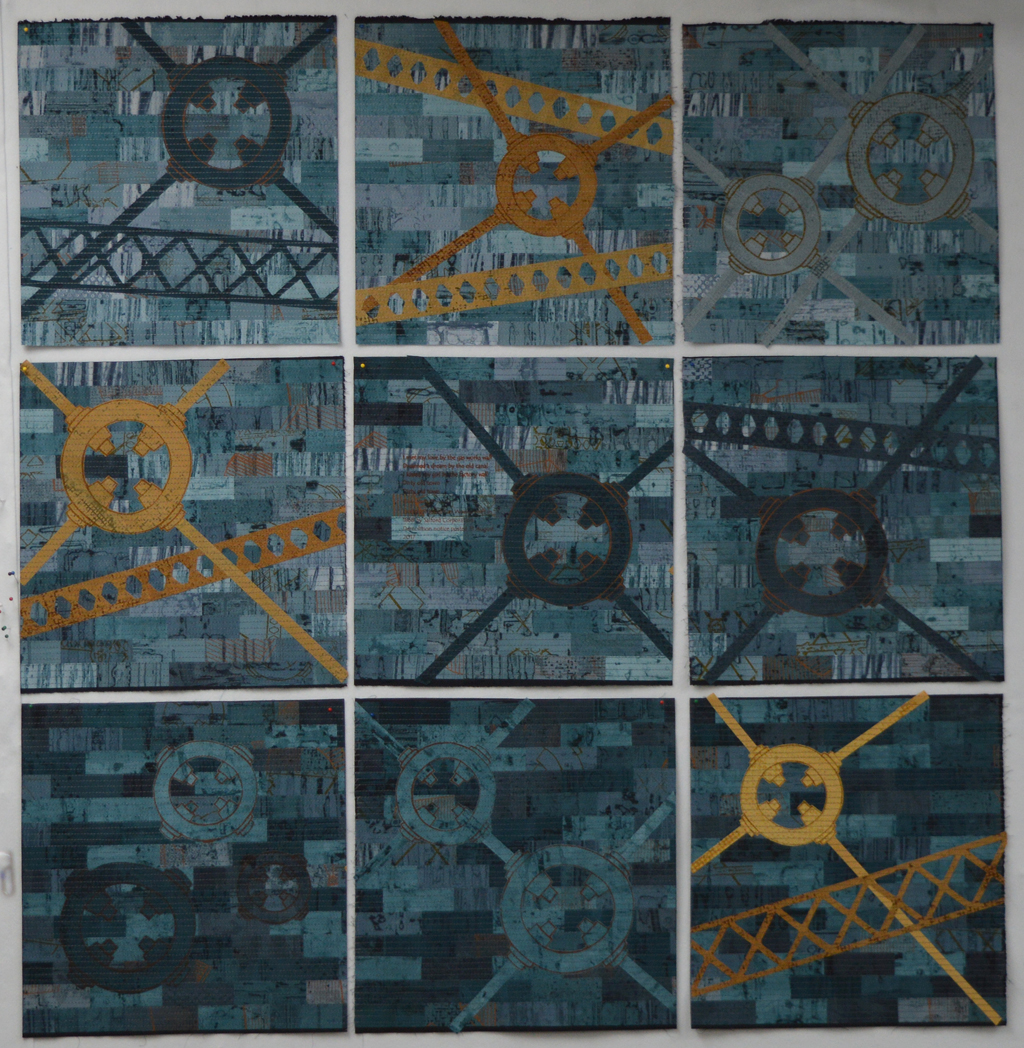 Those of you that follow my blog regularly will know that I made a very definite decision several years ago to always work in series. Doing so has helped me to develop as an artist - I spend a lot of time up front working on colour and on creating a palette of cloth but once I have that palette I am free to develop my ideas as I move from one piece to the next. And for my large pieces I do tend to get one to the finishing stages before starting work on the next. Many of my pieces are three metres wide or more. I am blessed with big print benches and a big design wall but it is not really practical to try to compose two large pieces at the same time.
Those of you that follow my blog regularly will know that I made a very definite decision several years ago to always work in series. Doing so has helped me to develop as an artist - I spend a lot of time up front working on colour and on creating a palette of cloth but once I have that palette I am free to develop my ideas as I move from one piece to the next. And for my large pieces I do tend to get one to the finishing stages before starting work on the next. Many of my pieces are three metres wide or more. I am blessed with big print benches and a big design wall but it is not really practical to try to compose two large pieces at the same time.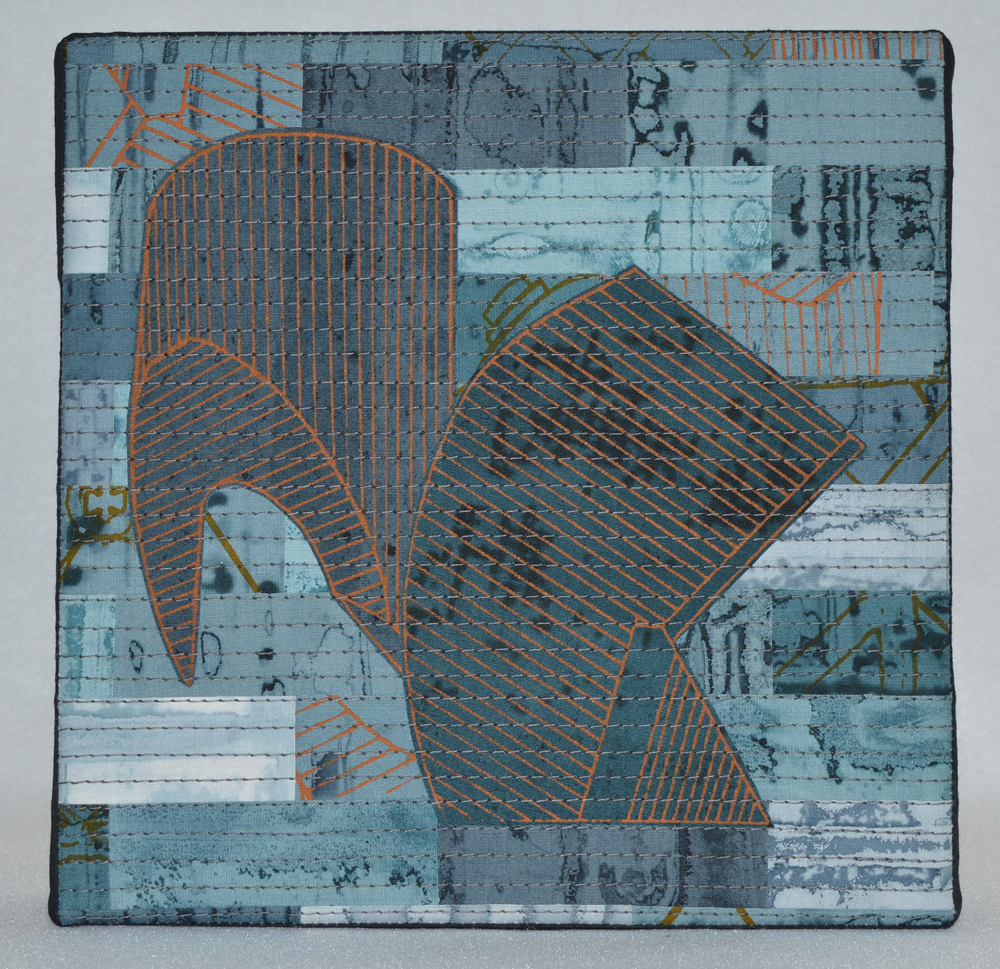 It is 4 weeks since I restarted my 100 (week) day challenge and time for an update. After completing 40 days I decided to take a two week break – family stuff plus Festival of Quilts made it pretty impossible to hit my target of spending two hours every week day evening working on small art. I was, and still am, absolutely determined to keep going however it has not been an easy 4 weeks.
It is 4 weeks since I restarted my 100 (week) day challenge and time for an update. After completing 40 days I decided to take a two week break – family stuff plus Festival of Quilts made it pretty impossible to hit my target of spending two hours every week day evening working on small art. I was, and still am, absolutely determined to keep going however it has not been an easy 4 weeks.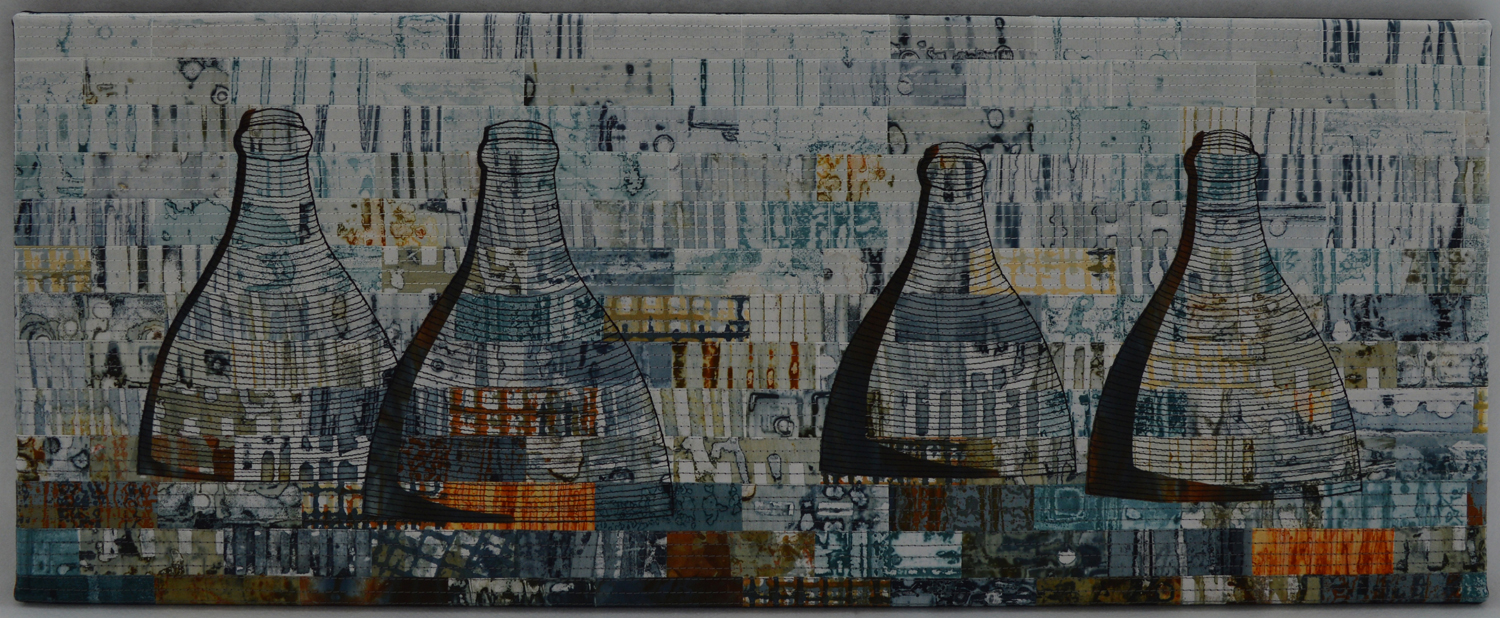
 It has been a quiet year for submitting work as everything I do is focussed on my two exhibitions in 2018 so it was very nice to be able to submit an older piece to Quilt-Art-Quilt. And even nicer to be selected! Ruins 1 will be travelling to Auburn, New York for the exhibition at the Schweinfurth Art Centre. Exhibition dates are 28th October to 7th January.
It has been a quiet year for submitting work as everything I do is focussed on my two exhibitions in 2018 so it was very nice to be able to submit an older piece to Quilt-Art-Quilt. And even nicer to be selected! Ruins 1 will be travelling to Auburn, New York for the exhibition at the Schweinfurth Art Centre. Exhibition dates are 28th October to 7th January.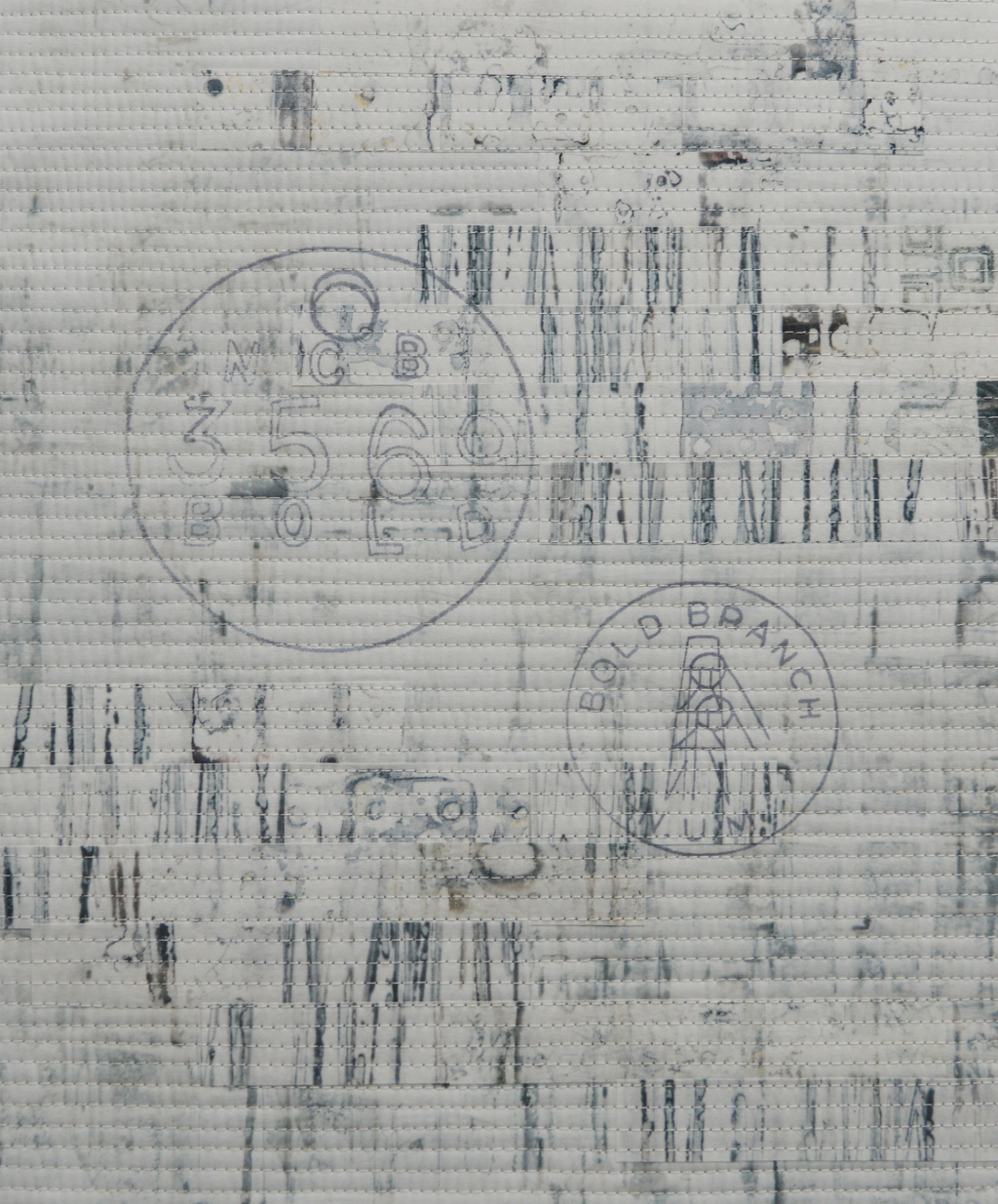 I've completed 35 days / 7 weeks of my challenge and I'm really happy with my output but it still feels like hard work making myself go to the studio some evenings.
I've completed 35 days / 7 weeks of my challenge and I'm really happy with my output but it still feels like hard work making myself go to the studio some evenings.

